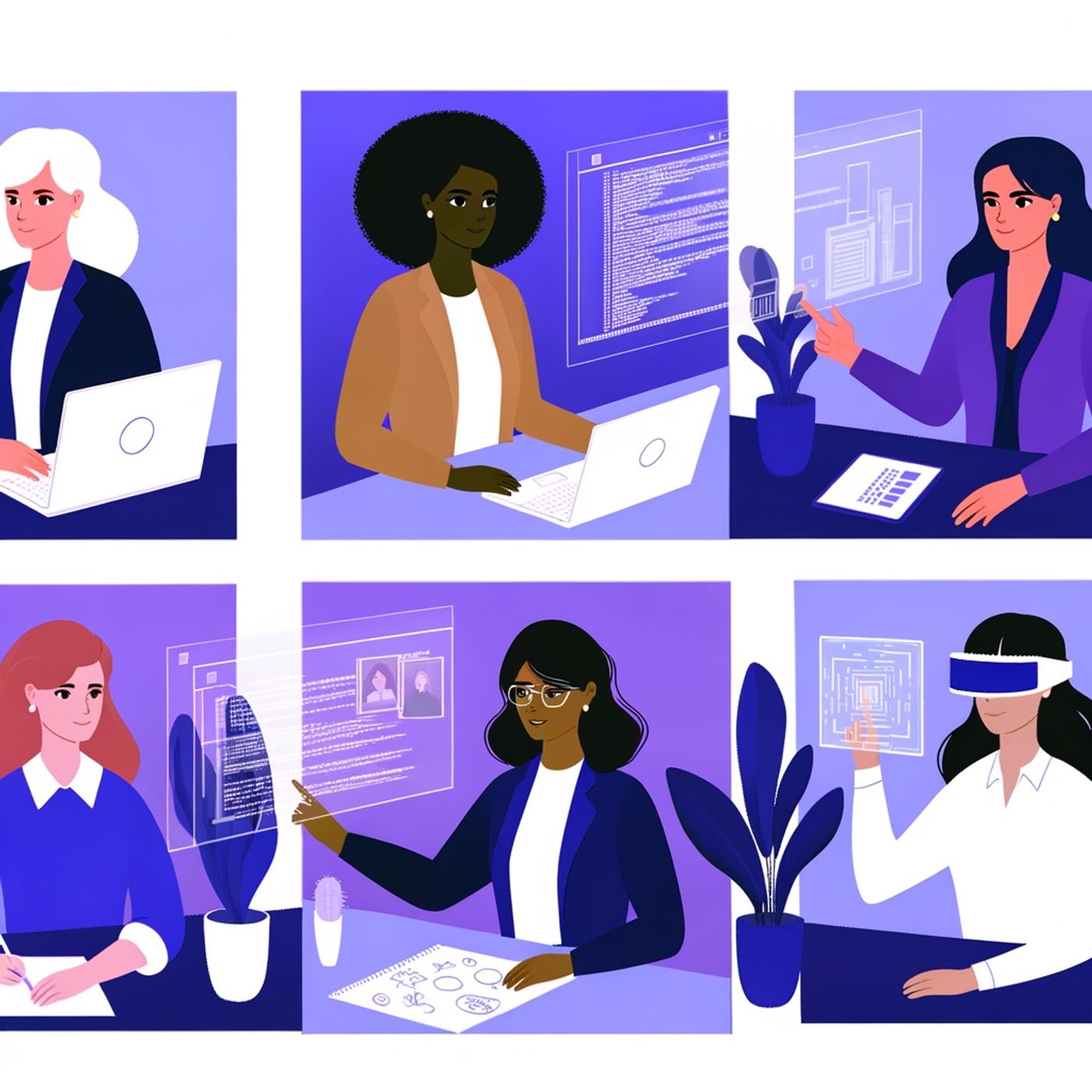Podcast Episode Details
Back to Podcast Episodes
Silicon Valley's Sisterhood: Decoding Tech's Gender Paradox
This is your Women in Business podcast.
Welcome to Women in Business. Today, I want to dive straight into the realities and opportunities for women navigating the current economic landscape—especially in the fast-paced, ever-evolving world of tech. Let’s get right to it, because for so many women today, there is both promise and frustration etched into the data and the daily office experience.
First, it’s impossible to ignore the numbers. According to recent statistics from AIPRM and the WomenTech Network, women now represent about 35% of the tech workforce in the United States. That’s a significant improvement compared to the early 2000s, when that number hovered in the single digits. But here’s the paradox: despite progress, women still average less than 28% in core tech roles worldwide, and the figures drop sharply for fields like software development, cybersecurity, and artificial intelligence. In fact, across the biggest players in tech—Amazon, Apple, Meta, Google, Microsoft—none of these giants has ever had a female CEO.
The next discussion point is leadership. Regardless of geography, women remain underrepresented at the decision-making table. Take the role of CTO—just 8% are women. Promotions aren’t happening in step either; for every 100 men promoted to manager, only 87 women make that leap, and the numbers are even lower for women of color. Silicon Valley and global innovation hubs like London and Berlin are still very much “bro cultures,” with 72% of women in tech saying their workplaces are steeped in that atmosphere. This deep-rooted bias is more than anecdotal—70% of women in tech believe promotion processes are unfair and lack transparency.
But let’s be clear: these barriers aren’t just about individuals. They’re about systems, access, and culture. One persistent challenge is access to mentorship and networking. Nearly 60% of women report they do not have the same networking opportunities as their male peers. The absence of sponsors who will “say your name in a room full of opportunities,” as the WomenTech Network puts it, continues to slow down progress. Women at all levels name this lack of advocacy as a critical factor in lagging advancement.
The fourth point is pay. Despite the headlines, the gender pay gap in tech still exists. On average, a man in tech makes $15,000 more than a woman in an equivalent job. This disparity touches everything from salary negotiations to equity compensation—at startups and established companies alike. It’s also one of the main reasons half of all women in tech leave the industry by age 35. Pay equity audits are becoming more common, but real transparency is still rare.
Last, and maybe most importantly for the future, let’s talk about resilience and the ways women are driving innovation and change, even inside environments not built with them in mind. Initiatives from groups like Black Girls Code, Girls Who Code, and Women Who Tech are gaining momentum, opening doors, and growing support networks. The number of women pursuing STEM degrees is slowly rising, and younger generations are questioning outdated norms. More companies are waking up to the fact that diversity isn’t just morally right—it’s essential for creativity and long-term success.
So let’s keep pushing. We need equitable mentorship, transparent promotions, closed pay gaps, and company cultures where innovation thrives because of inclusion, not in spite of it. Thanks for tuning in to Women in Business. Be sure to subscribe for more insights and inspiration. This has been a quiet please production, for more check out quiet please dot ai.
For more http://www.quietplease.ai
Get the best deals https://amzn.to/3ODvOta
Published on 6 days, 7 hours ago